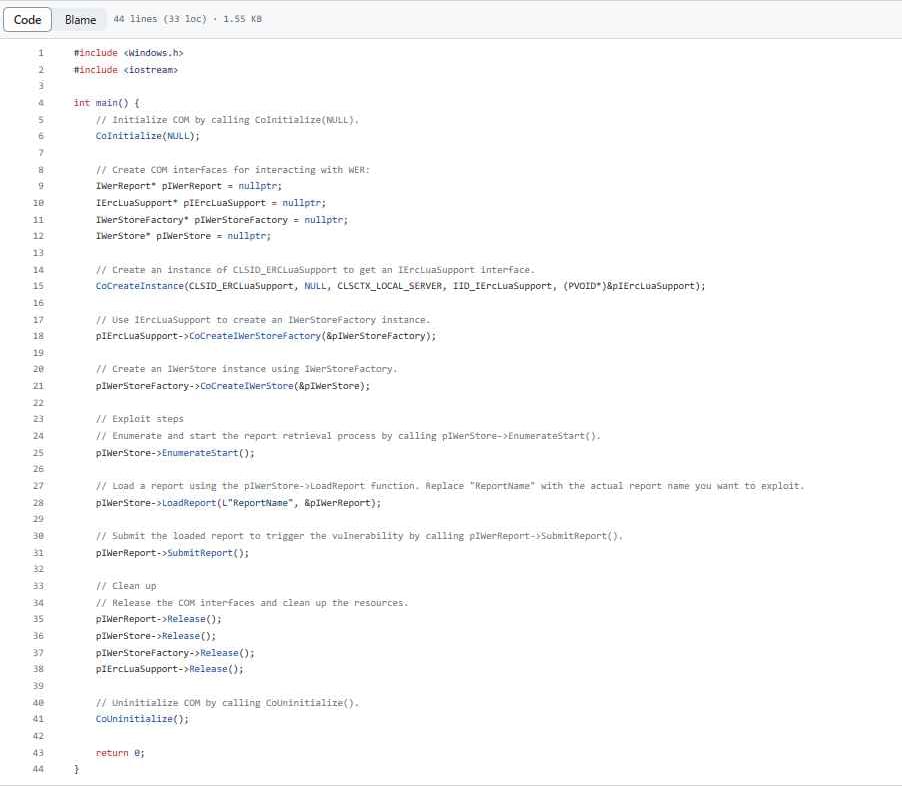Sep 4, 2023
A simpler way to connect quantum computers
Posted by Dan Breeden in categories: computing, quantum physics, security
Researchers have a new way to connect quantum devices over long distances, a necessary step toward allowing the technology to play a role in future communications systems.
While today’s classical data signals can get amplified across a city or an ocean, quantum signals cannot. They must be repeated in intervals—that is, stopped, copied and passed on by specialized machines called quantum repeaters. Many experts believe these quantum repeaters will play a key role in future communication networks, allowing enhanced security and enabling connections between remote quantum computers.
A new Princeton study titled “Indistinguishable telecom band photons from a single erbium ion in the solid state” and published Aug. 30 in Nature, details the basis for a new approach to building quantum repeaters. It sends telecom-ready light emitted from a single ion implanted in a crystal. The effort was many years in the making, according to Jeff Thompson, the study’s principal author. The work combined advances in photonic design and materials science.



 X, formerly known as Twitter, will begin collecting users’ biometric data, according to its new
X, formerly known as Twitter, will begin collecting users’ biometric data, according to its new 












